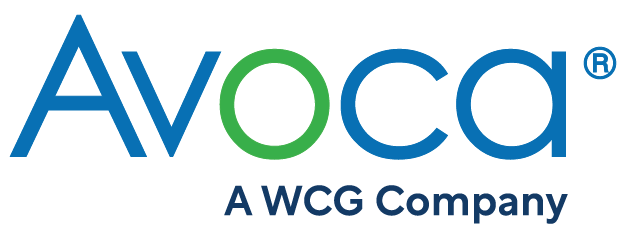Can we move to a world where the word “inspection” does not trigger anxiety?
Every time I hear this term being used, there is a part of me that freezes. The word “inspection” brings back the same sense of dread I used to have as a kid when I needed to prepare for an exam. Someone is getting ready to test me; to see if I have learned and done things right. As I hear the drug development community talk about this topic, the tone appears to blend dread and fear with a frenzy of work. This emotional response to a series of activities that has been part of the drug development landscape for a long time is somewhat perplexing to me. I’ll add the disclaimer right now. I don’t deal with inspections on a day to day basis. But as someone who has recently sat through several discussions/brainstorming sessions on inspection readiness, I see some common themes across companies, big and small. Every company has its own policies, guidelines and approaches for dealing with inspections by regulatory agencies. A significant chunk of resources in each drug development organization are being expended every day to being “inspection ready”. Yet, this activity does not create any competitive advantages in an environment where the cost to bring drugs to market is astronomical and the window to recoup the investment narrow.
I sit here pondering what innovation might look like in this space. Could we move to a world where the word “inspection” does not trigger anxiety and fear? In a world where the marriage of data and technology has given birth to amazing possibilities, what if companies decide to share their inspection readiness experiences on a common, “lessons learned” platform? What if the analysis of this dataset revealed that rather than making a few tweaks, a complete redesign of this process that builds in proactive approaches and intelligent tools could shave significant amounts of time and cost from drug development? Would companies jump on this opportunity or still want to continue to do “business as usual”.
At the AQC, our members are striving to move from a reactive state of “inspection readiness” to a world of “inspection preparedness” where teams are empowered to build quality and do things right proactively, so that inspections become part of the normal fabric and can be handled with minimal stress and anxiety. Initiatives that are currently ongoing at our member companies include
- Having tools in place to collect historical inspection data and using the data to proactively prepare for future inspections
- Identifying commonly requested documents in each country, so that the company can be submission-ready
- Using systems to identify sites that have a higher probability of inspection and understanding why
I’d love to hear your thoughts on this. Have you undertaken this type of analysis internally? How has this helped you? And more importantly, would you jump on this journey to sharing where collectively we can help all boats rise?
Until next time….
Lakshmi
————————
Lakshmi Sundar has spent two decades in the pharmaceutical industry, leading teams across sponsors and CROs in multiple functional areas to spark innovation, manage risk, and lead change with a sense of purpose and fun. At Avoca, Lakshmi partners with members of the Avoca Quality Consortium and industry innovators to deepen the dialogue on building a quality culture within and across organizations to mitigate risk, advance drug development, and bring treatments to patients in a more effective manner.
